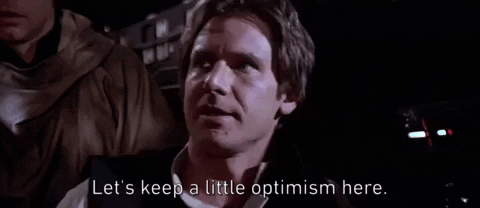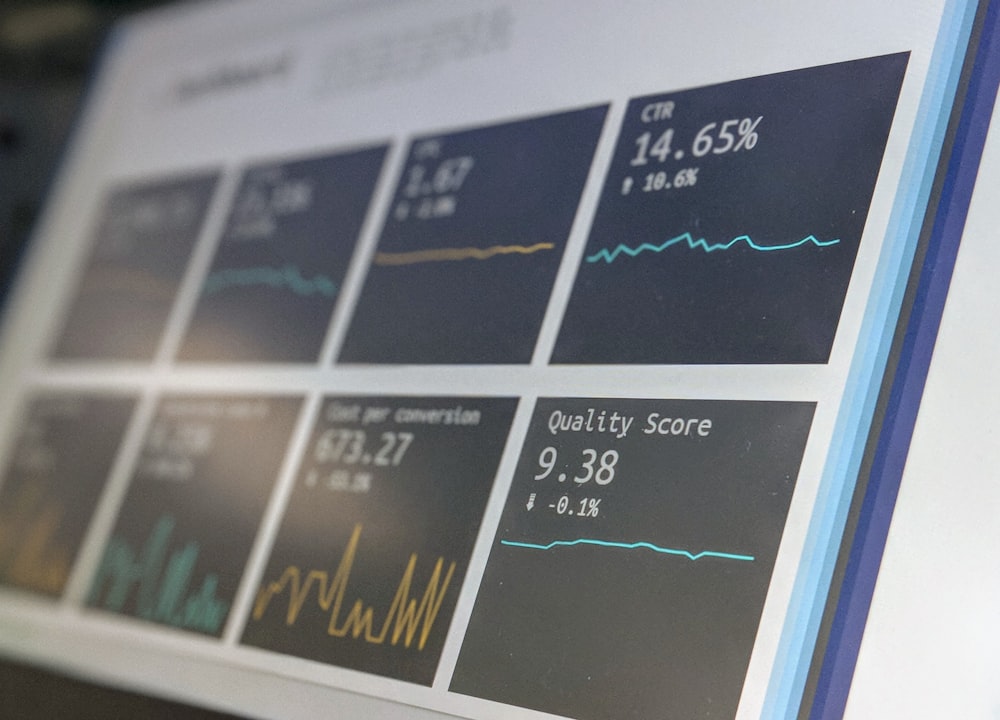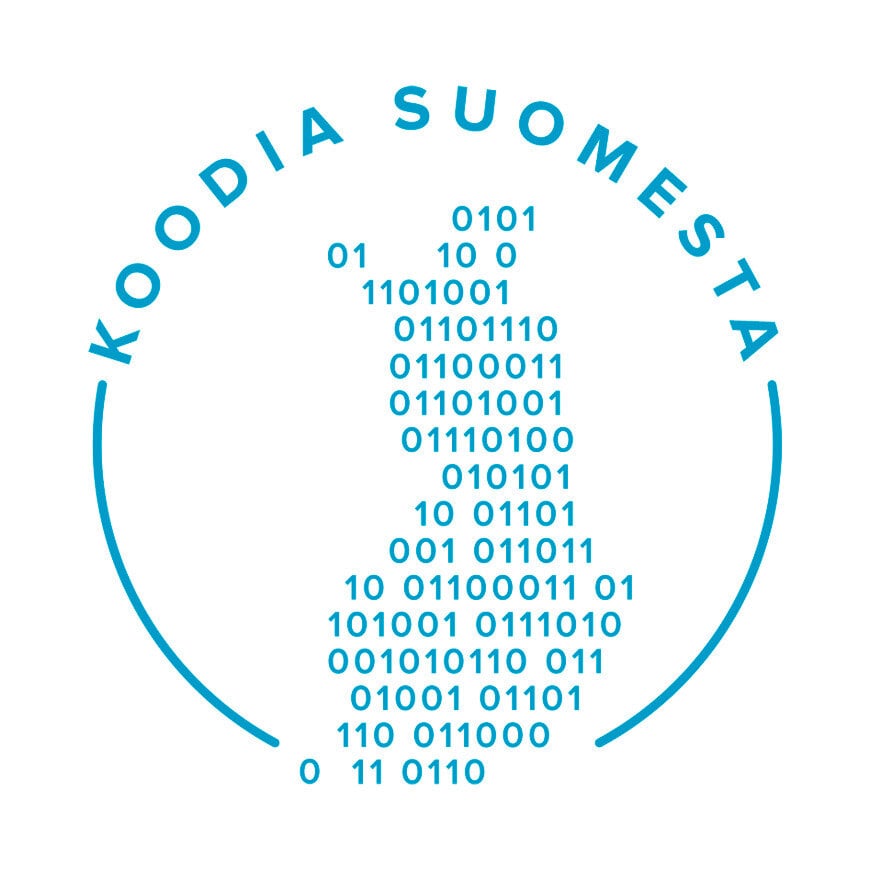What is Conversion Rate Optimization?

Conversion Rate Optimization (CRO) is a collection of efforts directing website visitors to take a desired action, such as purchasing a product or service.
Conversion Rate Optimization is used to guide your website visitors to take an action you wish them to take. This action can be, for example, buying a product or service, subscribing to a newsletter, or filling out a contact form.
There are several different methods for CRO, but they all use analytics and consistent monitoring of results. The most commonly used techniques are:
- improving the appearance of website content
- web analytics
- A/B testing
- streamlining the user interface
Conversion Rate Optimization aims to increase your sales and profit
CRO can enhance your marketing efforts and get more results without increasing visibility. At its best, CRO leads to higher turnover, higher quality leads and lower customer acquisition costs.
Conversion Rate Optimization also has many other positive effects, such as improved customer experience, increased website traffic, and higher ranking in search engine results.
CRO could, in essence, be thought of as optimizing profitability and sales. A high conversion rate indicates that your company's sales and marketing have been implemented in a way that serves the customer well.
CRO is one of the best tools for growth. Often in e-commerce and marketing, the focus is only on increasing visibility, even though the most effective action could be to increase conversions from existing visitors.
Conversion = Achieved Goal
Conversion Rate Optimization is all about understanding what needs to be done on a website or in marketing to get more results. Why do people visit your website? How do those visitors learn to trust your brand? How to provide the best customer experience, and above all, how to turn a visitor into a paying customer?
A conversion is any action you hope a potential customer will take.
Conversions are measured by conversion rate, which signifies how many of those who saw your content took the desired action. If 100 people visit your website and 2 fill out the contact form, the conversion rate is 2 %.
Typically, a satisfying conversion rate is 1-4%, but there is no agreed-upon standard. Each website has a different visitor base, visual appearance, user interface, marketing, products or services, etc. This makes comparison practically impossible and probably useless. The most important thing is to measure the increase in the conversion rate, not a specific percentage.
Tools for Conversion Rate Optimization
Conversions occur in several different places on your website, for example on the home page, product page and blog. CRO begins with a comprehensive study of where and what is happening, finding the main obstacles of conversion and what causes them.
There are several different tools and techniques for planning and implementing CRO, the most common of which are:
- Web analytics such as Google Analytics
- A/B testing, e.g. with Google Optimize
- Improving the visual appearance of your website
- Clarifying the content
- Simplifying the user interface
- Customer segmentation in marketing
Based on the data gathered on your website, a plan is created to improve the site and the customer's purchase path. Content is then changed according to this plan. Changes can be, for example, adding, removing, or rearranging the content, adding buttons to the text or changing their position, or trying out different titles.
How to do Conversion Rate Optimization?
Conversion Rate Optimization is accomplished by comparing results before and after changes, often using A/B testing. A/B testing allows you to easily and quickly test the appeal of different content pieces, offers, images, questions or entire websites.
A/B testing is implemented in the following way: Create two pieces of content, A and B. Direct half of your website visitors to content A, and the other half to B. By comparing the conversion rate, you can find out which content worked more effectively.
The content with a better conversion rate is preserved, and the rest is discontinued. A/B testing can then be resumed to keep improving the selected content.
Web analytics, such as Google Analytics, is also essential for Conversion Rate Optimization. Often the biggest obstacles to conversion, such as a broken link or form, can be revealed with web analytics tools.
There are often opportunities for CRO in marketing as well. If your marketing software is versatile enough, producing targeted content for different customer segments most likely improves the conversion rate. In addition, A/B testing can (and should) be utilized in ads and emails to see what headlines and content work best.
However, the most important thing is setting and tracking goals. There can be several goals to measure, but for CRO, it is good to derive the goals from the top-level business KPIs (Key Performance Indicators). This way, accomplishing CRO goals supports the accomplishment of top-level goals.

In summary ✨
Conversion Rate Optimization means measuring and improving different aspects of your website and marketing to get more results. Effective optimization leads to higher turnover, higher quality leads, and cheaper customer acquisition costs.
CRO is one of the best tools for accelerating growth, and it's justifiable to think of it as optimizing a company's profitability and sales. It can be implemented in several ways, but it effectively comes down to utilizing analytics tools and systematically surveying results.
👉 Start conversion rate optimization today! - book a free appointment with our SuccessGuide




.png?width=352&name=konversio%20optimointi%201000%20x%20693%20px).png)


